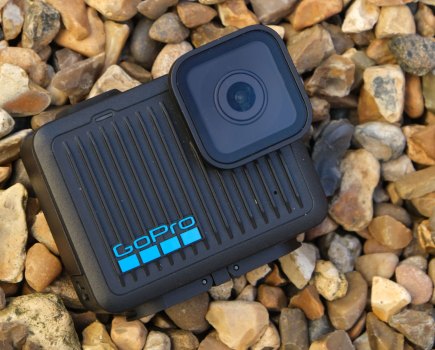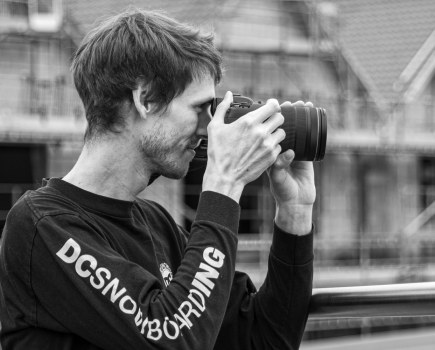
Kevin’s image of Brighton West Pier, which burned down in 2003 – would uploading it to a stock service be worth the time it takes?
The web can be a double-edged sword when it comes to creative endeavours. While it makes it very easy for work to be discovered, it also means there is now far more competition from your creative peers.
A large proportion of people in the developed world carry camera phones at all times, which gives them the ability to take publishable photos whenever they want. In turn, this means the supply of stock photography is bigger than the demand, and this drives down the price.
As someone who got one-off payments for image usage in the early 2000s, it’s galling to see the emergence of the royalty-free model. Instead of the usage fee being based on several factors, including the number of times an image is reproduced, it is now based on a one-off fee linked to the image file’s resolution.
In some cases a high-resolution file can cost as little as £25, with a small cut to the photographer. In theory, a large company could use images for an international advertising campaign and the photographer would receive peanuts.
To add insult to injury, even if you capture something relatively uncommon you still might not see a decent payout. In 2010, my friend captured a photo of Hastings Pier in East Sussex, burning down at 3am when no other photographers where around. You would think that would put him in a good position to negotiate a decent fee for usage, but his image was used on the front page of a national newspaper and all he got was £100.
Fast forward to 2014 when Eastbourne Pier caught fire during the day and lots of people posted high-quality images to social media. The next day I was shocked to see that one national newspaper had used a very pixelated image that looked like a still from a video – I assume the decision to use that image was motivated by cost.
If you’re budding a amateur/hobbyist photographer you might get a buzz out of getting your work published, but think before joining a royalty-free stock agency and whether you want to value your pictures that low. A professional photographer friend of mine spent hours uploading and tagging 1,000 high-quality images to a popular stock agency and his first royalty check was just £10. The time spent uploading could have been put to better use on promotion, with the aim of getting commercial work.
Kevin Meredith is an obsessive documentary photographer and author of several instructional books. He regularly runs workshops in Brighton and sometimes further afield. Follow him on Twitter: @lomokev








